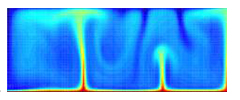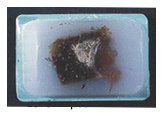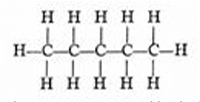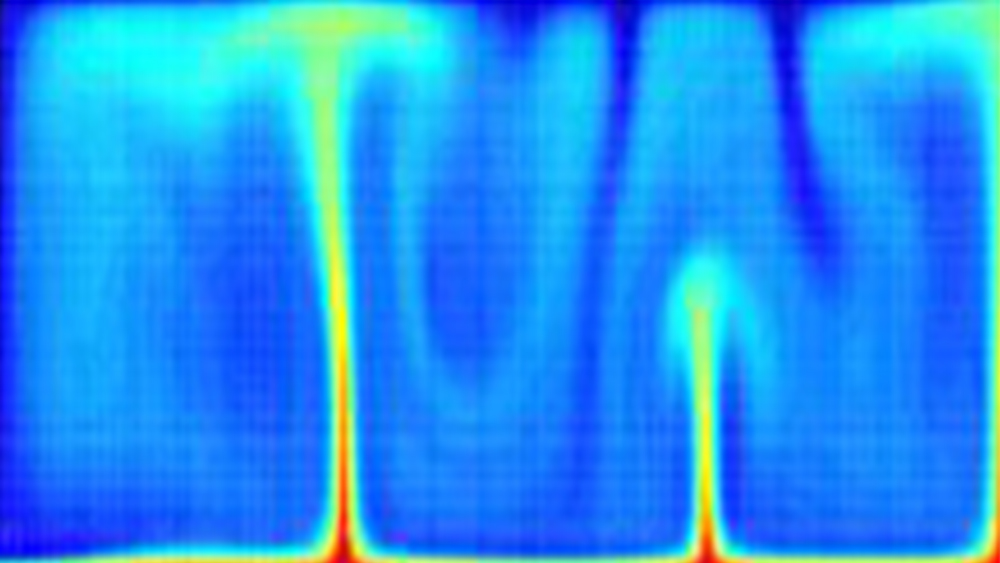The preceding article (Optimal Fixation), discussed fixation as the foundation of tissue processing, upon which the success of all other steps is dependent. In this article we will discuss the post fixation steps in routine histological tissue processing (dehydration, clearing, infiltration), and how they must be administered and maintained to achieve complete and optimal processing. After all enzymatic activity in the cell has been suppressed or ‘fixed’ to prevent cellular degradation, the three successive steps previously mentioned are applied to first remove all water from the tissue with dehydrants (primarily graded alcohols); secondly to clear the alcohol from the tissue (typically with xylene), in preparation for the next step/solution; and third, to infiltrate the tissue with an embedding medium (infiltration wax) that will give the tissue/cells the structural support needed to withstand the thin sectioning of microtomy.



There are various paraffin embedding waxes in the market, each with their own proprietary blend of ingredients. A primary classification distinguishing infiltration waxes can be looked at by the amount and type of additives manufactured into the wax and can be classified as high polymer and low polymer. Polymers and other additives (plastics, resin, etc.) are large polymers with repeating units, which when added to the original paraffin molecule create an enhanced polymer designed for a specific purpose and use. With respect to microtomy, polymer additives give more ribboning strength to the wax and typically allow you to achieve thinner sections during microtomy. However, the addition of these elements to the original molecule subsequently create a larger molecule, and ‘in theory’ create a slower infiltration medium. Thus, a high polymer wax ‘in theory’ is a slower infiltration wax and would be more desirable for microtomy; while a low polymer wax, ‘in theory’ may be more desirable for initial wax infiltration during processing.
This ‘theoretical’ discussion above is the source of why some laboratories choose to use one type of low polymer wax medium in their tissue processors for infiltration, and a high polymer wax in their embedding centers for microtomy. Thus, the Histologist has various choices of high/low polymer waxes to choose from in the market. In reality, most paraffin embedding waxes in the market today are designed for universal application for processing and/or microtomy. Using a high polymer wax for microtomy does not necessarily mean that the same wax will not perform successfully in infiltration. The decision as to whether one works better than the other depends on the personal preference of the user. This author personally prefers a high polymer wax because the added polymers do give a higher performance during microtomy. Ideally, if I could choose two waxes for my lab, I would ‘personally’ choose a high and a low, but if only given the choice of one, I would choose a high polymer wax for both embedding and microtome.
Having discussed the three elements of post-fixative tissue processing, it must again be emphasized that optimal processing can only be achieved through the administration and maintenance of principles such as: the integrity of solutions (using fresh reagents), time in solutions (mandatory processor start times), and daily monitoring of end results. Daily maintenance of processor machines and consistency in start and run times of tissue are the backbone of achieving optimal tissue processing. For more technical information contact your Customer Relations representative for Lab Storage Systems today.
References:
- Brown, HS, “The Dynamics of Fluid Transfer in Fixation & Processing”, Technical Development Series, Lab Management Consultants, 2017.
- Carson, FL, ‘Histotechnology-A Self-Instruction Text’, Chicago, Il., ASCP Press, 1997.
- PaperNerd Contributor, “Heat Transfer”, Science Essays, Wikipedia, 2001.

